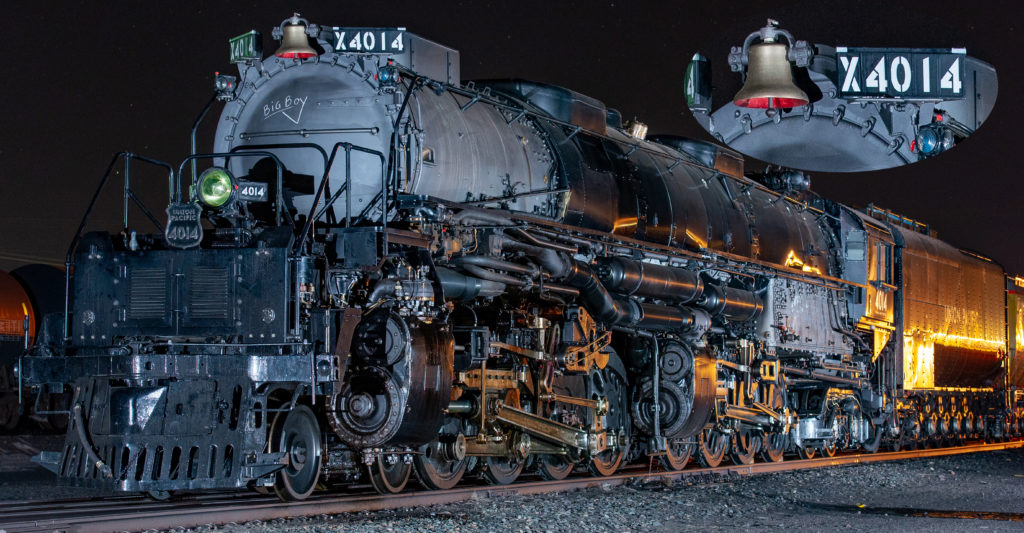[…]
Ask Trains

Action may be required on your Trains.com account in order to continue accessing content. Click here to learn more.

[…]

Question: I’ve been noticing the term “control points” (CPs) being used in train-watching videos and in your magazine. The article on John Schindler’s amazing St. Louis Junction [March 2020] mentions CPs including West Madison, Gratiot, and Chicago Throat. Canadian Pacific’s Paynesville Sub has CP 115 and CP 70. This tells me CPs can be designated […]

Question: I model in N scale. I’m having problems uncoupling the cars. Is there a tool out there to assist with this task, or do you have a suggestion on how to make this easier? – William Semanko, Junction City, Kan. Answer: Many N scalers like yourself uncouple their cars by inserting the point of […]
Toy train tables are a must-have for almost anyone looking to operate or display their collection — from Lionel and American Flyer to Thomas. Throughout the years, Classic Toy Trains has promoted building tables and Model Railroader has published fine plans for small layouts. But some toy train enthusiasts just want to buy a table […]

Question: When I was young, my father collected issues of Model Railroader. Some issues were lost when we moved. One of the lost issues contained scale drawings of the Denver & Rio Grande outside-frame narrow gauge 2-8-2 steam locomotive. I’d be very happy to know if such a scale drawing can still be bought. I’ve […]

Question: I’m in a conundrum and would love to hear an expert’s opinion. I’m planning to build a replica of an Alexandria, Minn., cold storage building for our club’s HO scale layout. If the structure is to fit the space, it will have to be selectively compressed, compromising its accuracy. To remain proportionally accurate, it […]

Question: I‘m building an N scale layout on a hollow core door covered with 2″ thick extruded-foam insulation board on top. I’d like to remotely control a few of the turnouts that aren’t easily reachable from the front of the layout. Any suggestions on how to operate these turnouts? The thickness of the foam plus […]

Question: I just purchased the Model Railroader animated sign [available from the Kalmbach Hobby Store at kalmbachhobbystore.com/product/ layout-accesory/84033 – Ed.]. I also have a resin kit of “The Birthplace of Model Railroader” sitting on the shelf. Not that the combination would be prototypical in any way, but I’m considering using the two together on a […]
Trains editor explains the benefits of subscribing. Listen as Jim Wrinn explains why a subscription to Trains magazine is a great value. In addition to the magazine, you’ll receive access to videos, News Wire, and a host of other benefits on our website. Subscribe now! […]
Q: Can you tell me what the train in the movie, “3:10 to Yuma” consisted of? — Frank Latorre, Baltimore A: Regarding the question of the origin of the railroad equipment on both versions of “3:10 to Yuma,” from the website, Obscure Train Movies, I found this information on the original 1957 3:10 to Yuma: […]
Q: Do train crews have the ability to activate or deactivate crossing lights and gates? — Richard Collingwood, Milan, Ohio A: No. Here’s why: Crossing circuits have set approaches based off of warning time required and maximum speed of the trains. The modern day crossing processors — mini computers inside a crossing gate bungalow (the metal […]
Q: One reader recently asked why there were so many empty container trains heading away from the East Coast on railroads? Could it be the West Coast receives more loads and container trains need to be repositioned? — A Trains reader A: That East/Eest balances is one source of empty moves, but there are other […]